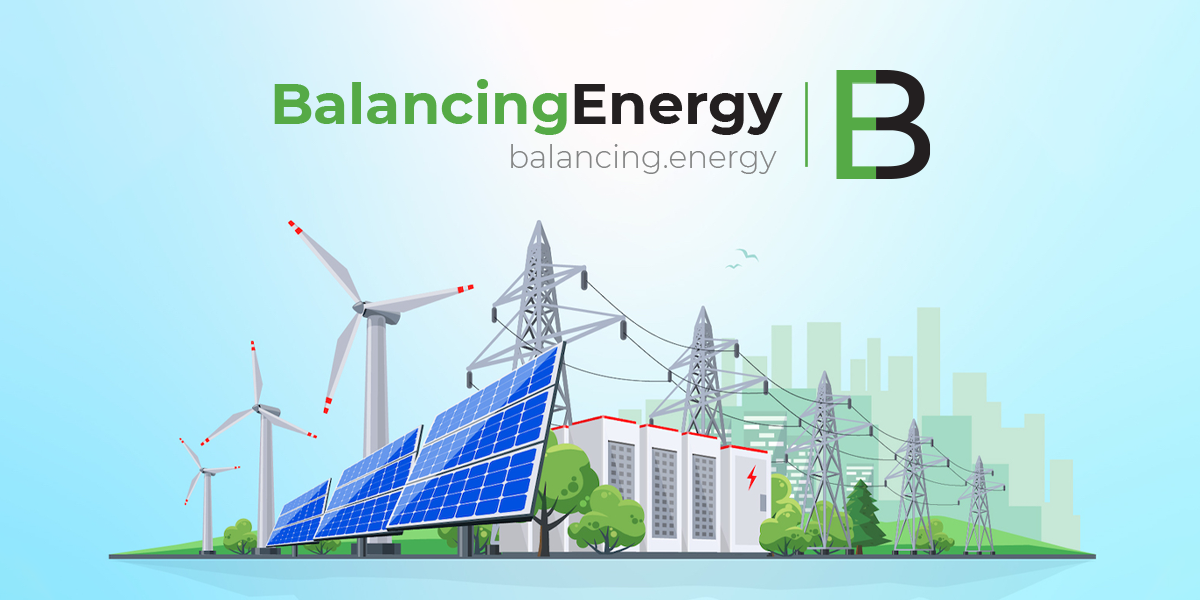The Serbian Government has approved a spatial plan for the construction of a 113-kilometer oil pipeline connecting the country to Hungary, as part of efforts to diversify energy sources.
The underground pipeline, designed for an annual capacity of 5.5 million tons of oil, will run from Horgos, near the Hungarian border, to the Transnafta oil terminal in Novi Sad. Its flow and pressure will be adjusted based on domestic demand, locally produced oil availability, and crude supplies via the JANAF pipeline from Croatia.
Serbia’s only oil refinery, located in Pancevo and operated by NIS, has a maximum processing capacity of 4.8 million tons of crude oil per year. Last month, Minister of Mining and Energy Dubravka Djedovic announced a €150 million investment in the project, with construction set to begin by the end of the year. The pipeline is expected to be completed in 2027.
This initiative follows a June 2023 agreement between Serbia and Hungary. Once fully developed, it will extend over 300 kilometers, linking Novi Sad to the Druzhba pipeline’s receiving station in Szazhalombatta, Hungary.
Currently, Serbia depends entirely on the Croatian JANAF pipeline for crude oil imports. JANAF has a contract with NIS to transport 10 million tons of oil between January 1, 2024, and December 31, 2026. However, this agreement faces uncertainty due to US Department of the Treasury sanctions imposed on NIS in January as part of broader restrictions on the Russian energy sector. While these sanctions have been postponed twice, they are now set to take effect on April 18.










